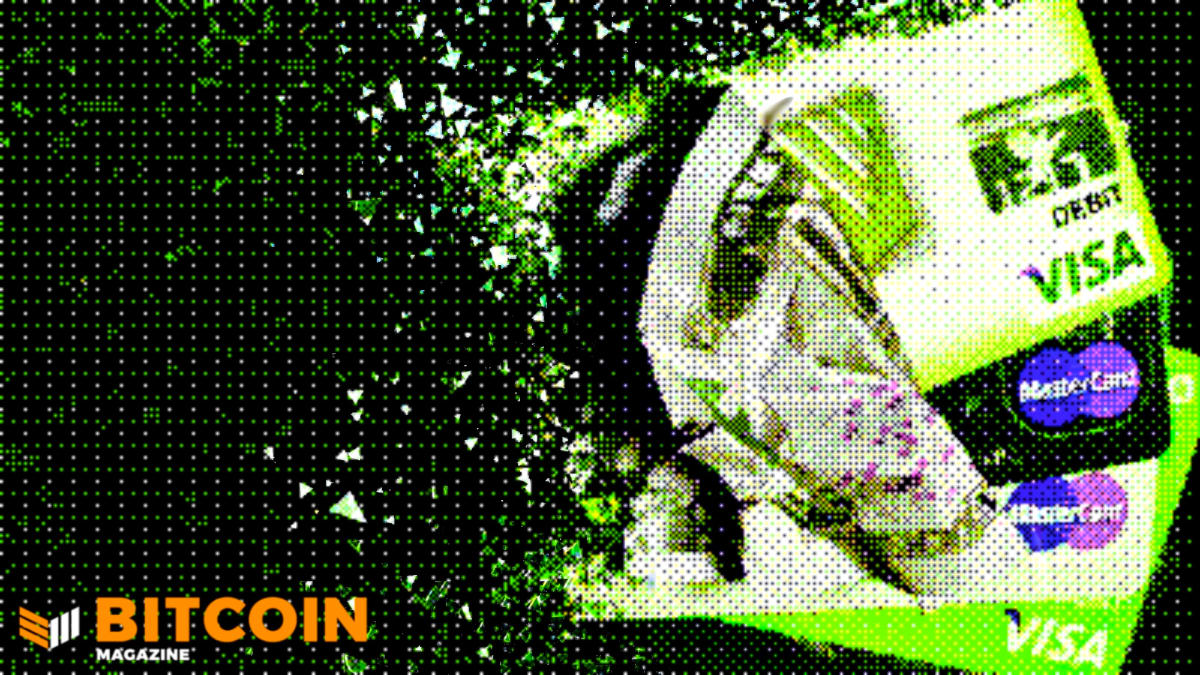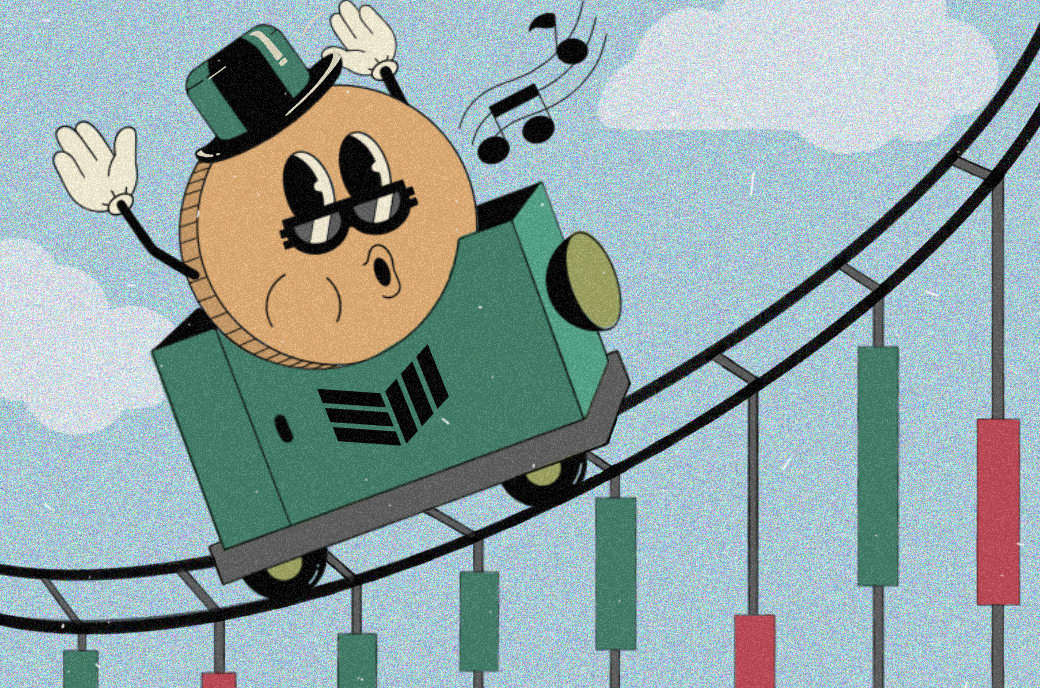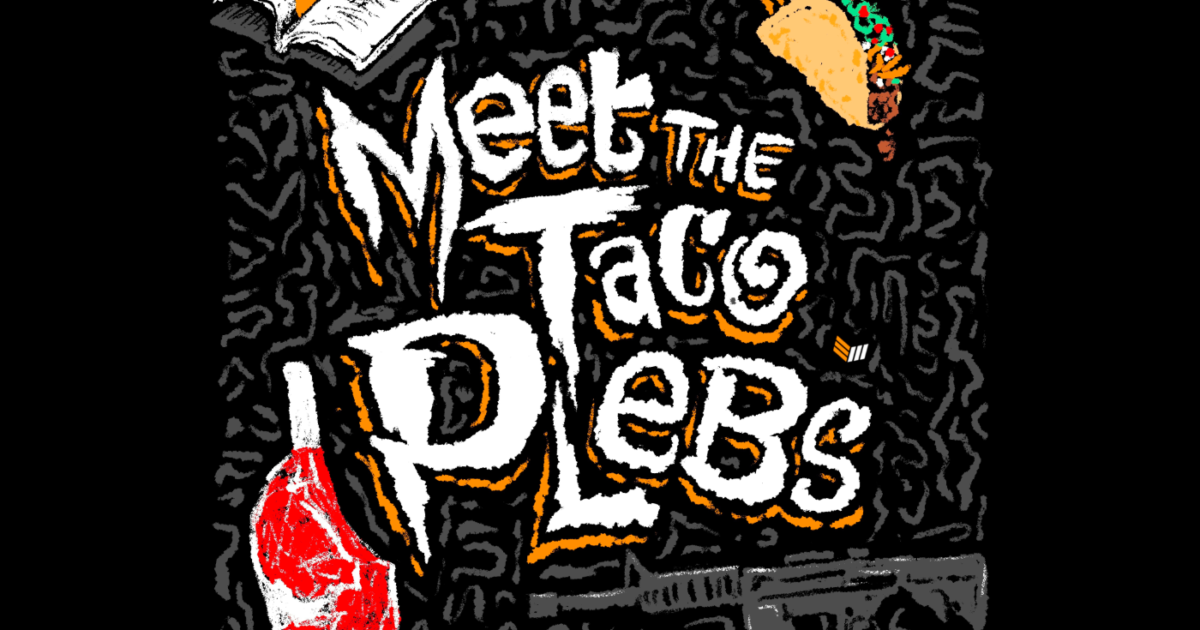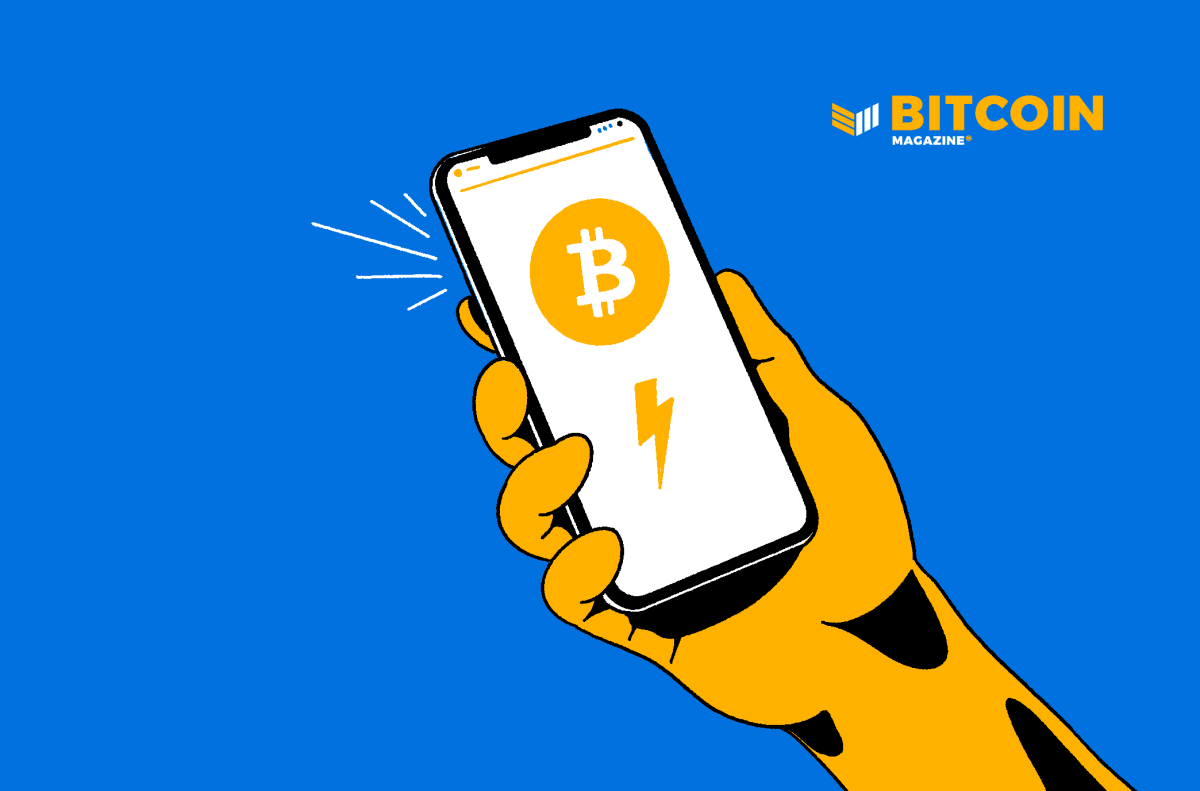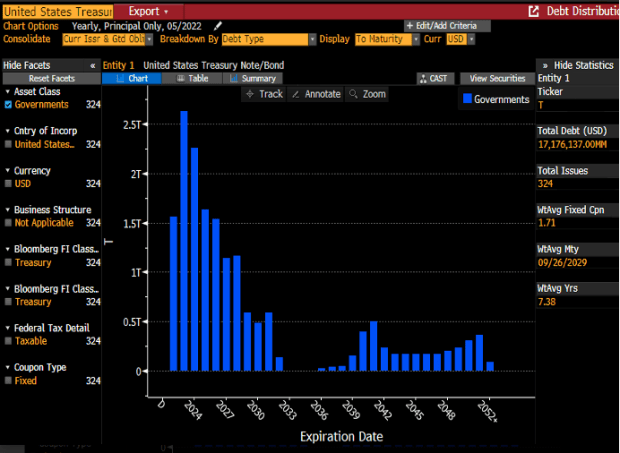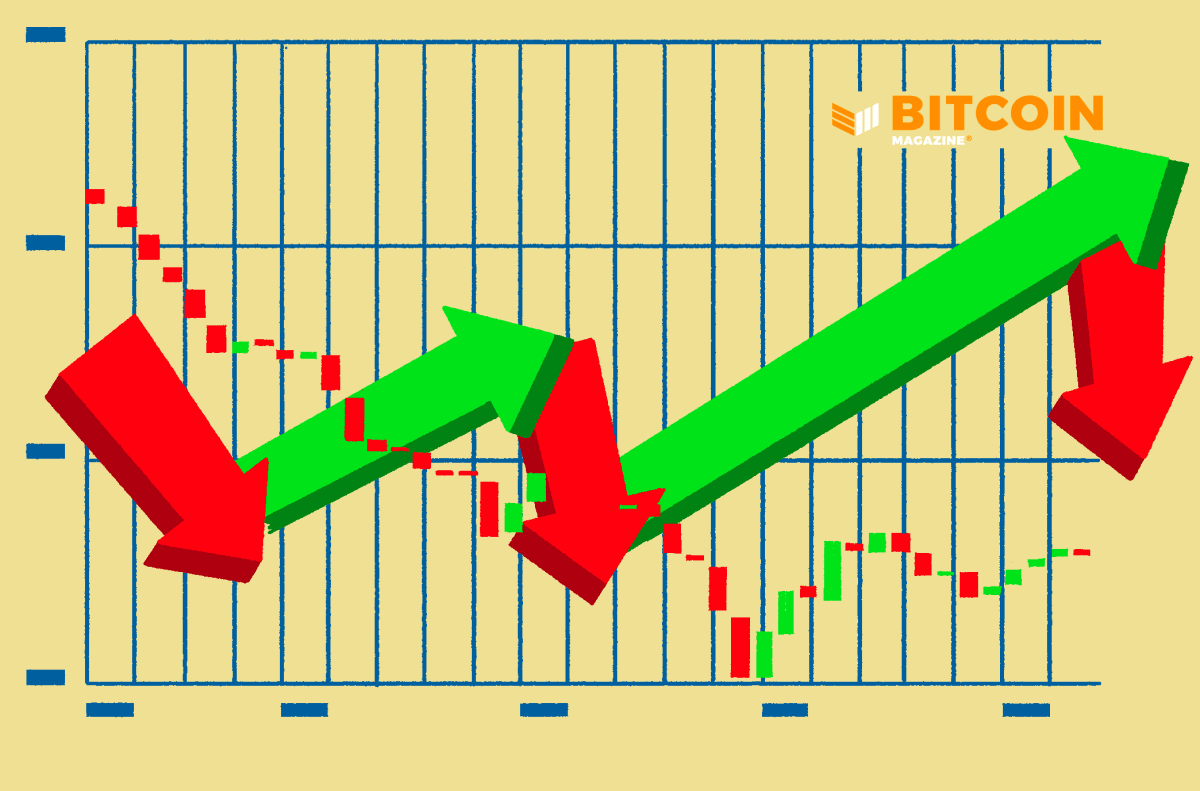The Bitcoin Epoch And Mohandas K. Gandhi
How do the attributes of Bitcoin relate to the values of love and harmony that Mohandas Gandhi placed such importance on?
Quotes beneath headers are attributed to Mohandas K. Gandhi.
My goal in writing this piece is not simply to provide the reader with a small window into Mohandas Gandhi as a thinker, teacher, guru and mortal man, but to see how we might extrapolate Gandhi’s teachings into this moment in which we are bearing witness to the birth of a brand new epoch — the Bitcoin Epoch. I honestly believe that Bitcoin can help bring Gandhi’s vision to fruition.
Mohandas Gandhi was a lawyer, educated in Britain, who during his lifetime became a human rights activist and spokesperson for the end of British colonial rule of India. Gandhi was also a religious man, a Hindu. He lived in a world in which two of the world’s major religions, Hinduism and Islam, both coexisted and came into profound conflict. His story is well documented. You can learn more about his life if you are so inclined.
The following four variables somewhat characterize Gandhi’s existential philosophy. Sadly, Gandhi’s rather beautiful dreams for the world were dashed by all manner of human frailty and fallibility. Hopefully, Bitcoin resurrects Gandhi’s teachings in ways we will only come to understand generations from now.
Non-Violence
“Non-violence is the greatest force at the disposal of mankind. It is mightier than the mightiest weapon of destruction devised by the ingenuity of man.”
Nonviolence at its most basic is fairly self-explanatory: Don’t hurt others. As a political expedient and within the context of movements for social change, nonviolence is perhaps more nuanced. We are, of course, circumscribed in our understanding of nonviolence vis-a-vis our multi-millennial frame of reference. In other words, it is very difficult to disentangle nonviolence as a philosophy for living from nonviolence as a
form of political speech or action. Gandhi’s embrace of nonviolence was binary: nonviolence as an expression of something holy and nonviolence as a way to maneuver around British military hegemony and imperial authority.
Bitcoin is a force that favors nonviolence. Bitcoin rejects the use of violence as a means to various ends, for Bitcoin does not perpetuate an exploitative dialectic. With Bitcoin, in every corner of the globe, individuals are working together to defend each other’s autonomy, each other’s dignity and each other’s sovereignty. Bitcoin does not demand that we ask permission, that we supplicate ourselves to powerful intermediaries. Instead, Bitcoin joins us together as an ever-growing and peaceful “army” toward the commonweal. Bitcoin is nonviolence embodied for it promotes mutuality and rewards connection.
Simplicity
“Live simply so that others may simply live.”
One of the hallmarks of Gandhi’s life work was his embrace of simple living and his repudiation of our obsessive and exploitative pursuit of money and power. During the final decades of his life, Gandhi lived in relative poverty (relative to the individuals with whom he worked and about whom he wrote). By all accounts, this ascetic life informed much of Gandhi’s spiritual and relational wealth. Indeed, he was one of the richest men in the world at the time of his death, not from money but from love.
Bitcoin does not call us to greed; it calls us to community. Yes, we may come to Bitcoin as investors in search of profits, but in time, if we are willing to learn and to have some imagination, we more often than not come to see Bitcoin as perhaps the greatest hope for humanity in the history of civilization. As such, Bitcoin calls us to simplicity because it only asks that we participate, that we place our trust in this ever-expanding trustless network, that we practice humility in the face of something bigger than we can possibly consider. And if we truly embrace the gravity and enormity of this moment, and if we honestly believe that a thousand-year-old system of money and governance is destructive and inhumane, then heed Gandhi’s call when you come to Bitcoin: Live simply, live humbly, build community, build the network.
Poverty
“Poverty is the worst form of violence.”
Yes, Gandhi chose to live like the millions of his fellow Indians for whom poverty was not a choice. And yes, like Henry Thoreau, Mohandas Gandhi could have perhaps availed himself of various safety nets (Thoreau used to eat dinners at his buddy Emerson’s house to escape the monotony and privation of life on Walden Pond), whether resource-oriented or simply psychic in nature, when pushed to the limits of suffering (he didn’t). But Gandhi’s words about the nature of poverty, and his lifelong struggle to alleviate one of the primary causes of poverty (the exploitation carried out by British landlords in India), speaks volumes to his vision and understanding of the incredible and abusive power of government-controlled money.
Bitcoin ends poverty. Bitcoin ends poverty because in a Bitcoin world people no longer associate profit with power; in a Bitcoin world, the accumulation of money is no longer an end unto itself. Why does this shift actually occur? Because Bitcoin, as an inviolable unit of account and exchange, as an inflation-resistant store of value and permissionless network, births, over time, an entirely internalized belief in and trust of the system, of that very network. People don’t hoard, because people don’t feel insecure. People don’t accumulate, because people know that abundance exists for all. People don’t grab power through riches, because the power of riches no longer has any teeth. Bitcoin ends poverty, because we become a world in which fear of not having enough dissipates into a distant and nightmarish past. We come to community, global community, because global community becomes our sole frame of reference, our universal sole raison d’être.
Imperialism
“I must not be misunderstood. Though I hold the British rule in India to be a curse, I do not, therefore, consider Englishmen in general to be worse than any other people on Earth. I have the privilege of claiming many Englishmen as dearest friends.”
Gandhi saw British colonial rule of India as evil. At the same time, he did not view the British themselves as evil. This distinction was critical in Gandhi’s topological universe, as hatred of the other was simply another form of violence, and violence was an affront to God. Gandhi believed that human dignity demanded an end to colonial rule (and to such institutions as untouchability), and to this end he was a nonviolent warrior for most of his life.
Bitcoin is decidedly anti-imperialist and anti-exploitative, while simultaneously being inclusive and so very humane. Imperialism — whether national or corporate or what have you — always seeks to extract, to conquer, to vanquish, to punish. Bitcoin rejects such actions and motivations because the network is inherently invitational; the network thrives, it becomes more robust, as more people join. No one on the Bitcoin network tarries with such sillinesses as national borders or political hegemony or skin color or station in society. That is the stuff of the past’s ignorance. Bitcoin is anti-imperialist because, in a Bitcoin world, imperialism is entirely anathema to existence.
Final Thought
Mohandas Gandhi was not a saint. He was decidedly imperfect. But it is my contention that, were he alive today, and were he to do his 10,000 hours of study, that Gandhi would find Bitcoin in alignment with some of the central teachings that he embraced and espoused.
This is a guest post by Dan Weintraub. Opinions expressed are entirely their own and do not necessarily reflect those of BTC Inc or Bitcoin Magazine.



